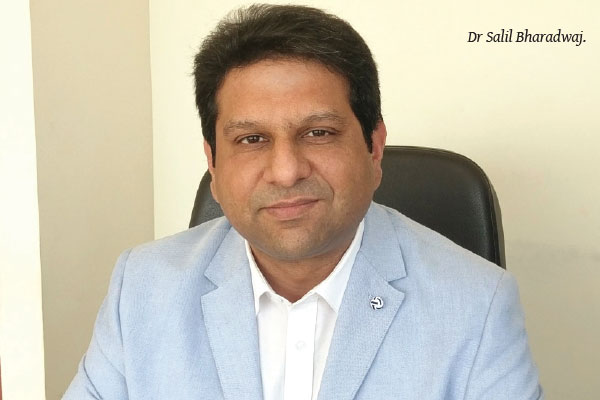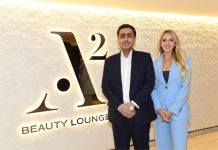Dr Salil Bharadwaj, consultant plastic surgeon, explains a popular cosmetic procedure.
Nasal surgery (rhinoplasty), is one of the most common forms of plastic surgery.
It alters the framework of the nose, manipulating the bone, cartilage structure and the skin to improve the appearance. It can be used to change the overall appearance of the face, drawing attention away from the nose and towards the eyes, a more natural, pleasing occurrence. Rhinoplasty surgery, when performed correctly, improves the harmony of the facial features.
Common defects corrected through the use of rhinoplasty surgery include, but are not limited to, a nose that is too large, too small, crooked or may contain an unwanted hump, birth defect or other deformity.
If the nose has been damaged by physical trauma, the surgery may be more extensive than a mere straightening or reduction, and may involve an area wider than the nose to fully reconstruct the damage.
Patients should discuss the desired outcome and how it will be achieved fully with their doctor.
Remember this: rhinoplasty surgery is both a science and an art, as is any plastic surgery. Any other surgeon has to be only competent – a plastic surgeon has to be competent and have artistic talent. It is important that the final result creates a harmonious balance with the rest of your face, looks natural and is medically sound.
Rhinoplasty is different from the surgical procedure used to repair a deviated septum to improve a patient’s breathing, although the two are quite often done simultaneously. The operation can be performed with or without any external incisions. Many uncomplicated rhinoplasties can be performed as day care, but more typically hospitalisation is for a day. A splint is placed around the outside of the nose for protection and is usually removed after about a week. There is typically some swelling after the procedure; however, after about a week the new nose will be completely presentable.
Call 17 812-000 or email [email protected]





































